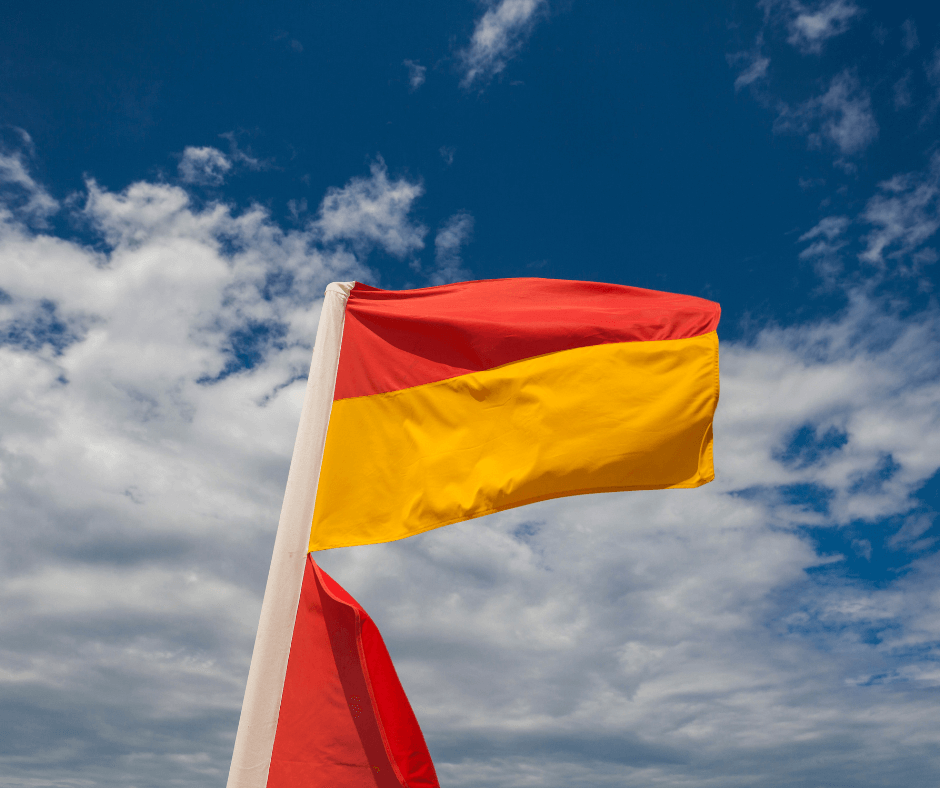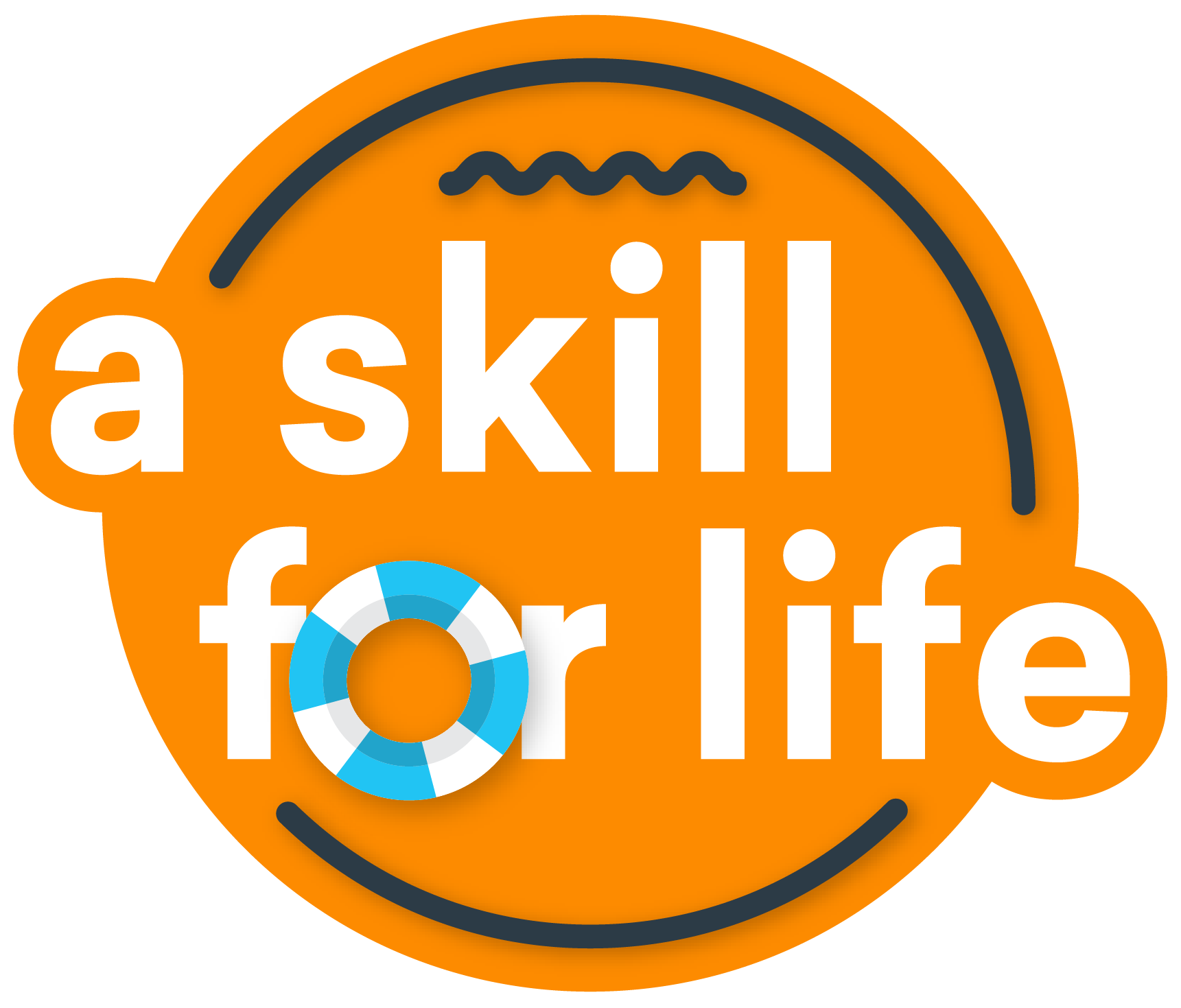Top tips for swimming safely this summer
Give your water safety knowledge a boost
Heading to one of our pools, visiting the beach, or going for an outdoor swim elsewhere are some fun ways to cool off from the sun!
With upcoming spells of hot weather (hopefully) around the corner, we want to remind people of the different ways to stay safe in and around water. Summer is a great time to enjoy different waterways, but it’s also important to keep swim safety in mind given that warmer weather is linked to an increase in fatal drowning incidents.
Whether you’re swimming solo, with friends, or with family, we’ve put together some top tips on how everybody can swim safely in summer.
Look for safety notices
Can your children tell the difference between a No Diving sign and a No Running sign at the pool? Do you know your beach warning flags?
Take time to familiarise yourself with the key British beach flag signs.
Keeping an eye out for safety notices should be one of the first things you do when you arrive to a new swimming spot, whether it’s a swimming pool or a beach. Safety notices provide useful information that alert you to dangers in the area such as strong currents and shallow or deep water, helping to prevent accidents, injuries and potentially drowning. They can also signpost you to vital lifesaving equipment needed in an emergency.
It’s important that your children understand and observe these notices from an early age to keep themselves and others safe, so be sure to educate them.

Plan ahead
There are lots of ways you can prepare in advance to make your swim a safe one. When heading out for a swim or even if you’re doing a water sport such as canoeing, make sure to check the weather and tide times – don’t get caught out by bad conditions. Stay hydrated and if the weather’s fine, protect yourself and children from the sun with sunscreen.
Making yourself and others who you are with more visible is also beneficial. You could do this by packing a brightly coloured wetsuit or swim hat to wear. Check off swimming pool safety by making sure you pack swimming aids such as armbands and safety swim floats, if needed.
It goes without saying that children should never be left unsupervised around the water, even those who are good swimmers. But adults too should take reasonable precautions to ensure their safety, especially in open water, by not swimming alone, when tired or after drinking alcohol.
Stay in lifeguarded areas
Some of the safest and best places to go swimming will have lifeguards on duty, just like our pools do. With their high level of water safety knowledge and training, lifeguards provide a huge level of safety and comfort should anybody get into trouble in the water. Their role includes monitoring water conditions, keeping an eye out for hazards such as rip tides and taking steps to prevent accidents from occurring. Their local and environmental knowledge means they have a good understanding of potential dangers, which they can warn you about.
When you’re at the beach, you should look out for red and yellow flags, which indicate the areas that are operated by lifeguards and the safest to swim in. And keep in between these flags while you’re swimming in the sea.
Read more safety tips for swimming in the sea.
Be water safe at home
Improving water safety at home is also crucial. After your little one has been in the bath or a paddling pool, these vessels must be securely covered or emptied. With paddling pools, you can stop them from re-filling by turning them over or turning the hosepipe off at the tap so that children cannot refill them themselves.
Access to ponds and pools should be kept in mind too; installing secure fencing or adding netting to them can prevent children from gaining access.
The RLSS UK Water Safety Code provides simple and easy-to-remember information that educates people on water safety and what to do in an emergency. Get to know it here:
There are many differences that come with swimming outdoors compared to swimming in a pool. While they both make fantastic places to have a swim, we all must remember to take care of ourselves and each other while enjoying them. With the correct knowledge and judgement, accidents in and around water can be prevented.
Remember that children who take part in swimming lessons with us can swim for free outside of their lesson time*. Getting involved in our swimming sessions is a great way for them to cool off as the weather heats up and practise what they’ve been learning!
A skill for life
We hope these tips for swimming ensure you, your friends and your family enjoy the water safely this summer. Swimming is a skill for life and at Places Leisure we’re here to help you develop your technique and confidence at any age – from childhood to adulthood – for a lifetime of water safety and fun.

Sources: Summer Water Safety (RLSS UK) | Water Safety at Home (RLSS UK) | Safety advice (HM Coastguard)
*The inclusion of free swimming with children’s swimming lessons excludes Inflatable Sessions at all centres, and Fun Sessions at Pavilions In The Park, Romsey Rapids Sports Complex, and The Triangle, and Fun for All sessions at Prudhoe Waterworld, Concordia Leisure Centre & Blyth Sports Centre.